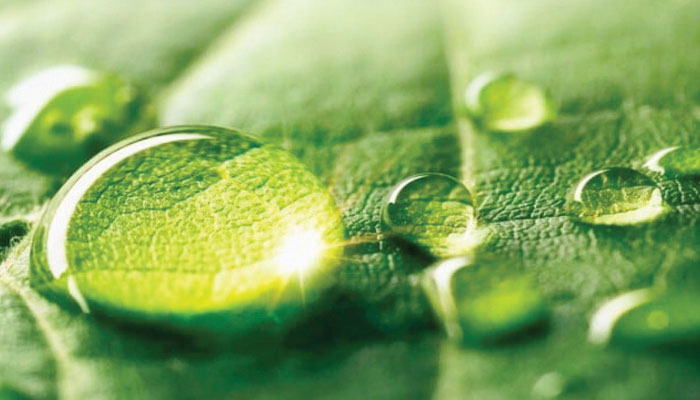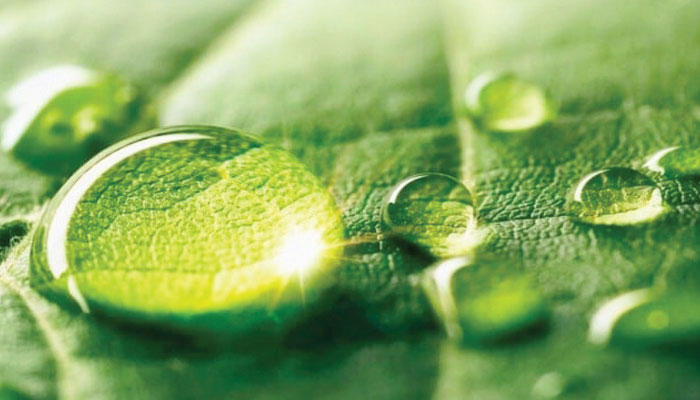
Scientists were unaware of an important point in the process of evaporation around us. In recent years, some researchers have been surprised to find that in their experiments, water placed in a sponge-like material called a hydrogel was evaporating at a higher rate in normal light without heat or a heat source. .
After conducting a series of new experiments and simulations and re-examining some of the results of various studies, a team of researchers at the Massachusetts Institute of Technology (MIT) has come up with surprising results.
According to experts, under certain conditions where water meets air, even light alone can produce vapor directly without any heat or heat, and it does so more efficiently than heat. Although the experiments carried out in this regard contained water in the hydrogel material, the researchers believe that the process may be possible in other conditions as well. MIT’s Yaodong Tu and mechanical engineer Professor Geng Chen and four other researchers.
setTimeout(function(){
!function(f,b,e,v,n,t,s)
{if(f.fbq)return;n=f.fbq=function(){n.callMethod?
n.callMethod.apply(n,arguments):n.queue.push(arguments)};
if(!f._fbq)f._fbq=n;n.push=n;n.loaded=!0;n.version=’2.0′;
n.queue=[];t=b.createElement(e);t.async=!0;
t.src=v;s=b.getElementsByTagName(e)[0];
s.parentNode.insertBefore(t,s)}(window,document,’script’,
‘https://connect.facebook.net/en_US/fbevents.js’);
fbq(‘init’, ‘836181349842357’);
fbq(‘track’, ‘PageView’);
}, 6000);
/*setTimeout(function(){
(function (d, s, id) {
var js, fjs = d.getElementsByTagName(s)[0];
if (d.getElementById(id)) return;
js = d.createElement(s);
js.id = id;
js.src = “//connect.facebook.net/en_US/sdk.js#xfbml=1&version=v2.11&appId=580305968816694”;
fjs.parentNode.insertBefore(js, fjs);
}(document, ‘script’, ‘facebook-jssdk’));
}, 4000);*/



